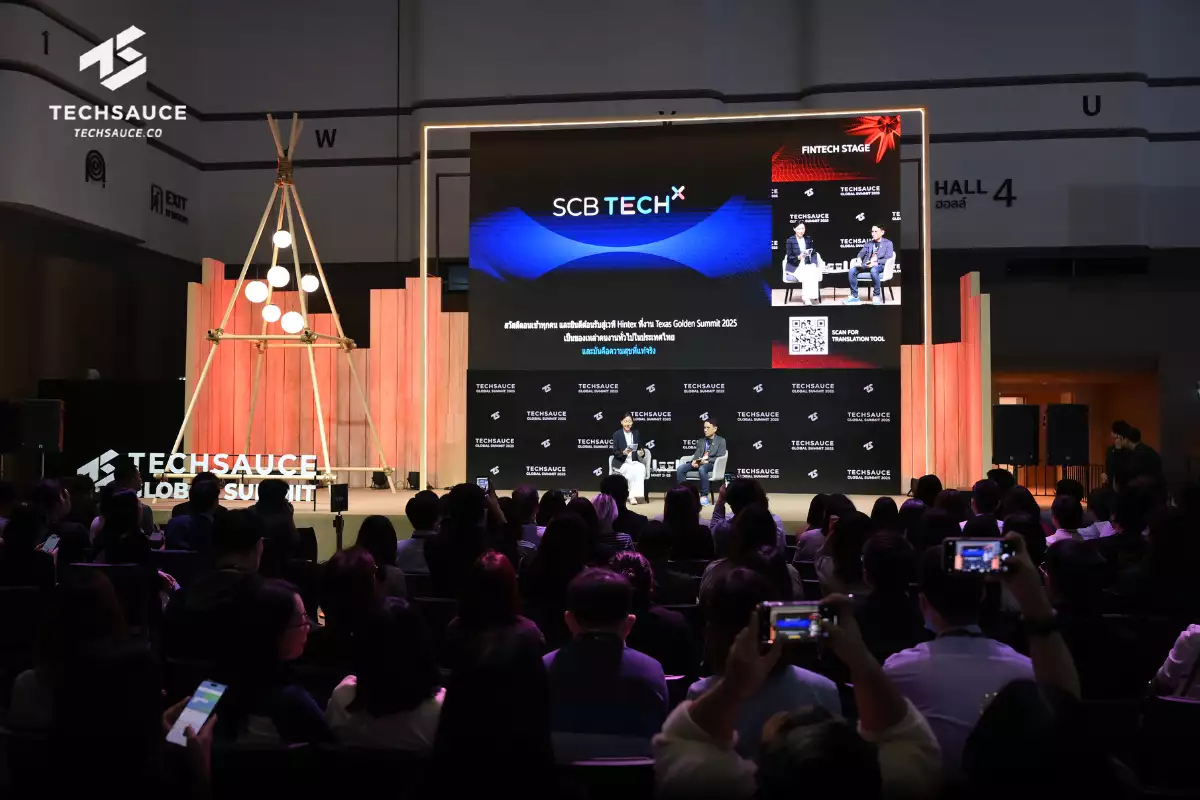The rule of no rule, a path to spark innovation
Work culture is undeniably vital to the success of the company. Most leaders probably have wondered how to build an innovative and flexible culture within their organization or their team.
Techsauce recognized the importance of the right work environment and invited Erin Meyer, a professor at INSEAD, who is well versed in the complexities of organizational culture to talk on the topic.

Erin pointed out that most companies can improve their corporate value by avoiding speaking in absolute terms, such as integrity or respect, since no employee would strive for corruption or disrespect. Instead, leaders should focus the discussion on the dilemma that comes with the value. She gave two examples of such dilemmas.
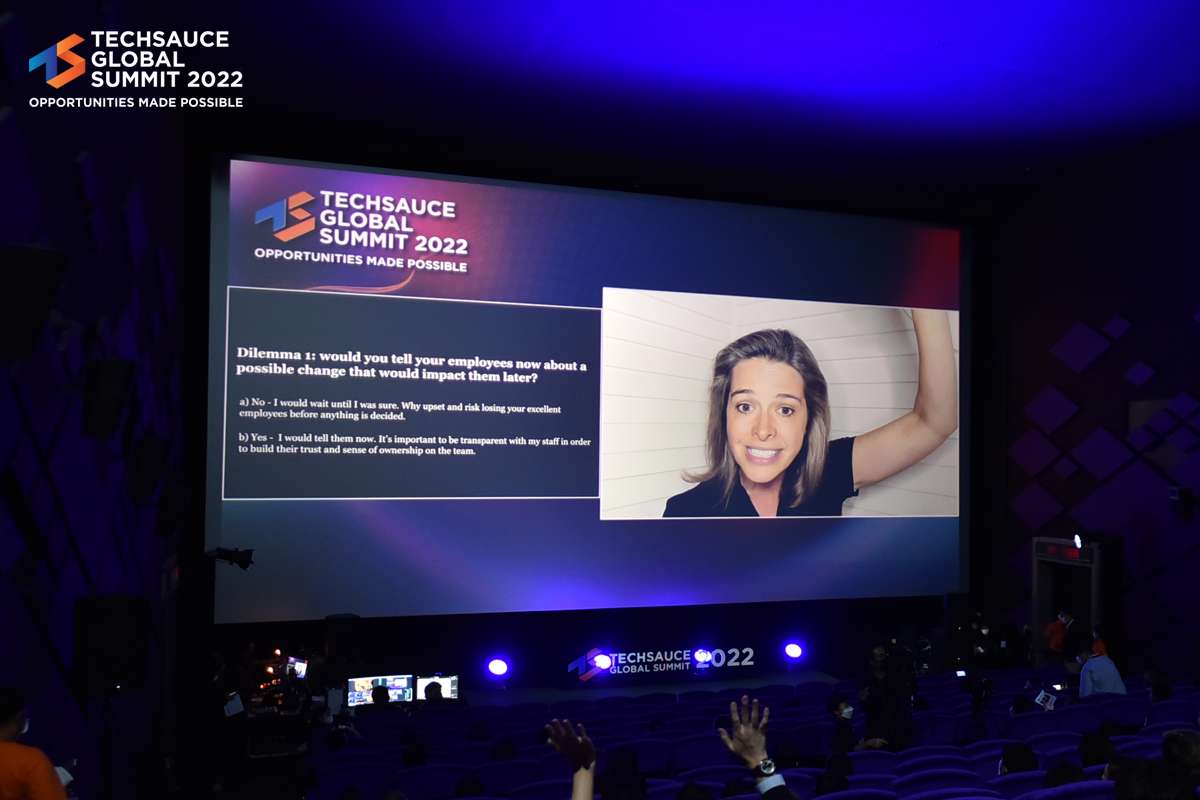
Dilemma one: You are the leader of a marketing team with the size of 20 people. You are discussing with other management officers about a major change in corporate structure that would greatly benefit the firm but would negatively impact people in your team. Although the plan is being discussed, there is a good chance that it might not be implemented. Would you tell your team about this potential change?
A: You tell your team immediately after the meeting.
B: You wait for the confirmation of the implementation before telling them..
Dilemma two: Like example one, you are the team leader. Susan is your team member. Susan came in with an idea on how to drive our sales but the plan is capital-intensive. Susan is passionate and enthusiastic with the plan but, after you hear her out, you don’t think the plan is going to work. You and Susan agreed to take a week to reflect and crystalize about the plan yet time does not change your decision. You still believe that the plan will not work. What would you do?
A: You trust in Susan and authorize Susan to proceed with the planB: You kindly decline her plan.
The first dilemma is a tradeoff between team transparency and team stability. The second dilemma is a tradeoff between innovation and error prevention. It is beneficial for leaders to revisit their corporate values and think about what dilemmas that could come with them.
After presenting 2 dilemmas, Erin explored the culture of Netflix, one of the most interesting company cultures. But, before diving in, we need to understand the background of Reed Hastings, Netflix’s CEO. When Hastings started his first company, Pure Software, it was mostly fast and loose. There was no policy and very little rules. Once the company size increases, employees start to take advantage of the lack of policy. One person started flying first-class in all flights. One person brought her dog into the office. Recognizing the need for a rule book, Reed quickly worked with HR and came out with one. The rule book saved Pure Software money but also created unexpected and undesirable consequences. Innovative people started leaving the company because the rule book limits their freedom.
Hastings learned that process kills flexibility and freedom breeds innovation. But how would he regulate the company as it gets bigger if not through a policy? He realized that high performers do not need to be controlled as much and he decided to change his hiring strategy. He reduced the number of employees and increased salary to attract talents.
This leads to a third dilemma Erin presented.
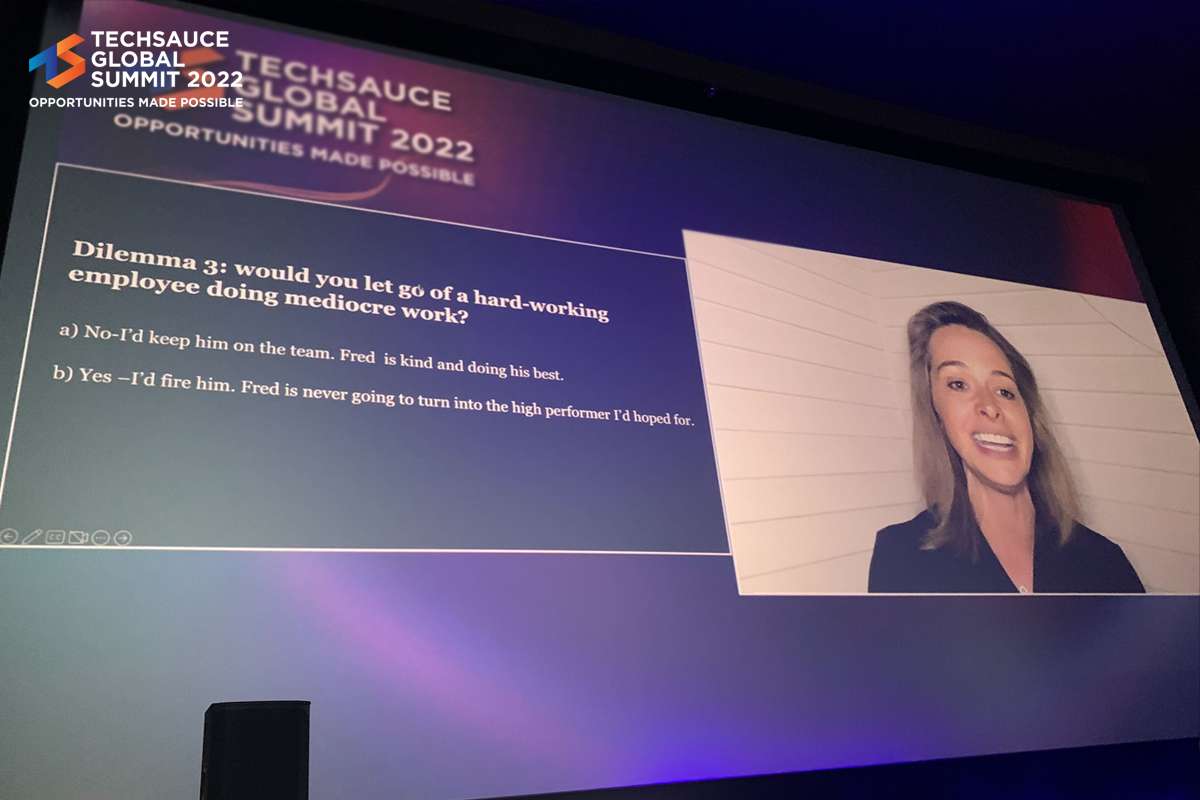
Dilemma three: Just like the first two, you are the team leader. Your goal is to create a high-performing team. You decided to implement what Hastings did. You hire less, pay more, and do not rush the hiring process. Now, your team is great but there is Fred who is trying his best but delivers a medium performance. You gave him coaching for a while and came to a conclusion that he will never become a high-performer. What would you do?
A: Believe in Fred and continue hiring him
B: Fire Fred to uphold to high standards
Reed faced the same dilemma when he started Netflix and he chose to keep Fred because he thought firing a hard-working employee would send out a bad signal to the team. But in 2001 after the dotcom bubble, the company was forced to downsize from 120 people to 80 people. He fired 40 lowest performing employees. It was a tragic event but the result was stunning. Within 3 months, the office changed positively and performed better than what was done by 120 employees. Why is that the case?
Erin explained that performance is contagious. One of the professors from INSEAD carried out an experiment by inviting MBA students to compete in teams. However, researchers also hired actors to pretend to be MBA students. Actors were instructed to do counter-productive tasks such as acting bored or texting their girlfriends during the meeting. Teams with actors perform 50% worse than teams without actors.
Erin concludes that the best predictor for team performance isn’t how good the best performer is but how bad the worst performer is. Furthermore, she pointed out that many companies can benefit from the Keeper Test during the hiring process. Employers need to ask themselves how they would feel if this candidate is going to join a competitor. Would they be willing to fight to keep the candidate?
Then, Erin presented the fourth and last dilemma.
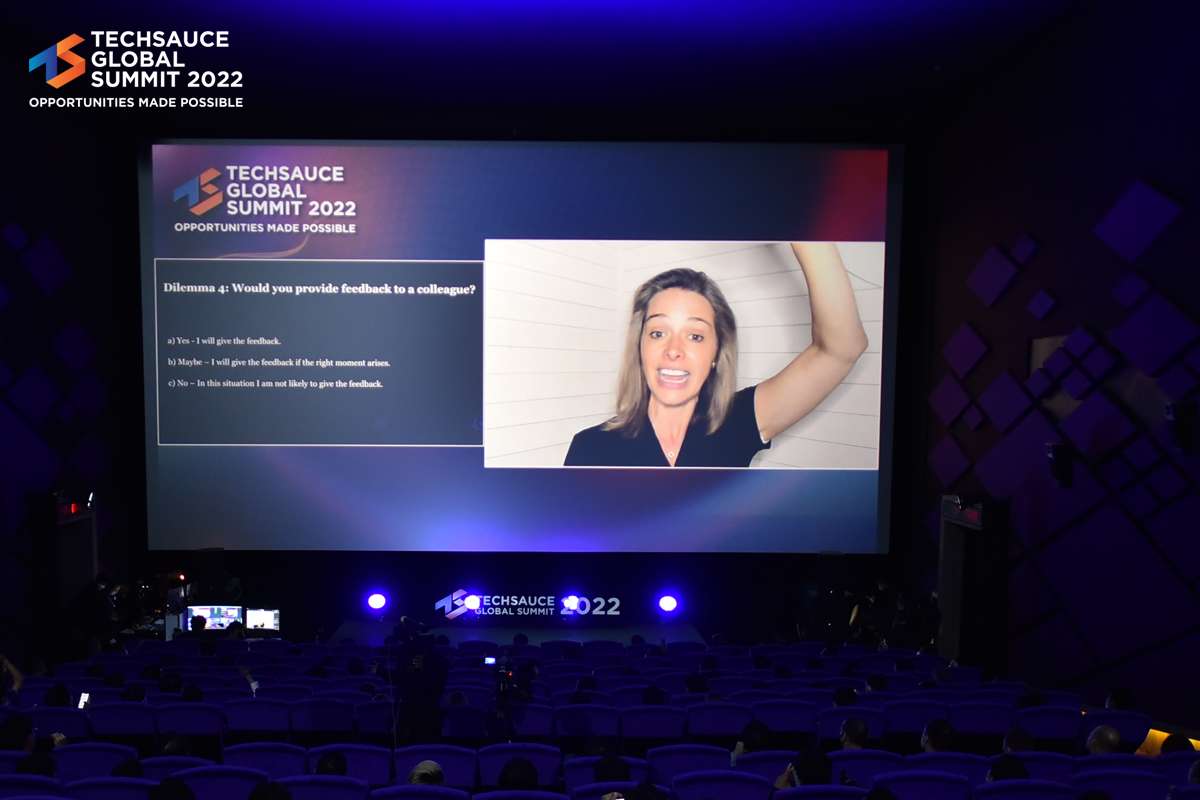
Dilemma four: Now, you are a team member. There is another team member who is more senior than you. You both went for a client meeting. In the meeting, your senior colleague was using a strong and aggressive tone. You noticed that your shy client is retreating away and recognized that it might affect the company's relationship with this client. What would you do? Will you give your colleague feedback?
A: You will definitely give feedback to the colleague.
B: Maybe, if the appropriate chance arises you will give feedback.
C: No, you will not.
Most people in the audience voted A or B but there was barely anyone who voted C. Erin stressed that most people understand the advantages of feedback but some cannot find the right opportunity to give feedback. So, putting feedback sessions on schedule can be highly beneficial to both individuals and the company.
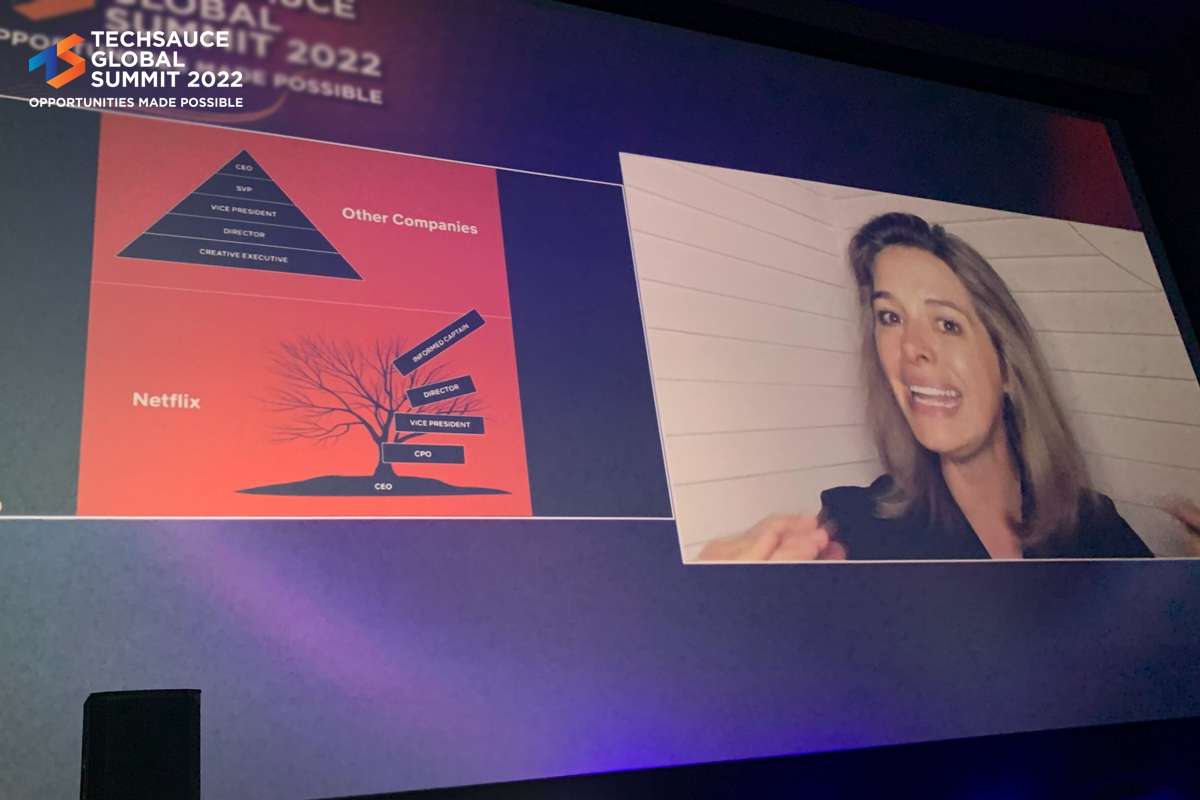
Lastly, Erin ended the session with two types of corporate decision-making structure. One is a pyramid structure where the CEO is involved with most decision making. Not only does this structure create a bottleneck at the highest level but it also lacks flexibility and agility. Another is a tree structure where the CEO builds ground and fundamental guiding principles. Most decisions are made at the operational level and oversaw by managers. This structure creates agility and resilience for the firm. Most young talents look for companies with tree structure. She closed the session with a quote.
“Give freedom to get responsibilities”
ลงทะเบียนเข้าสู่ระบบ เพื่ออ่านบทความฟรีไม่จำกัด




